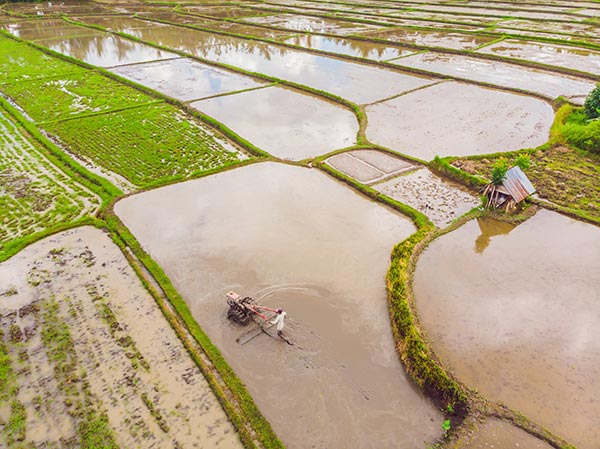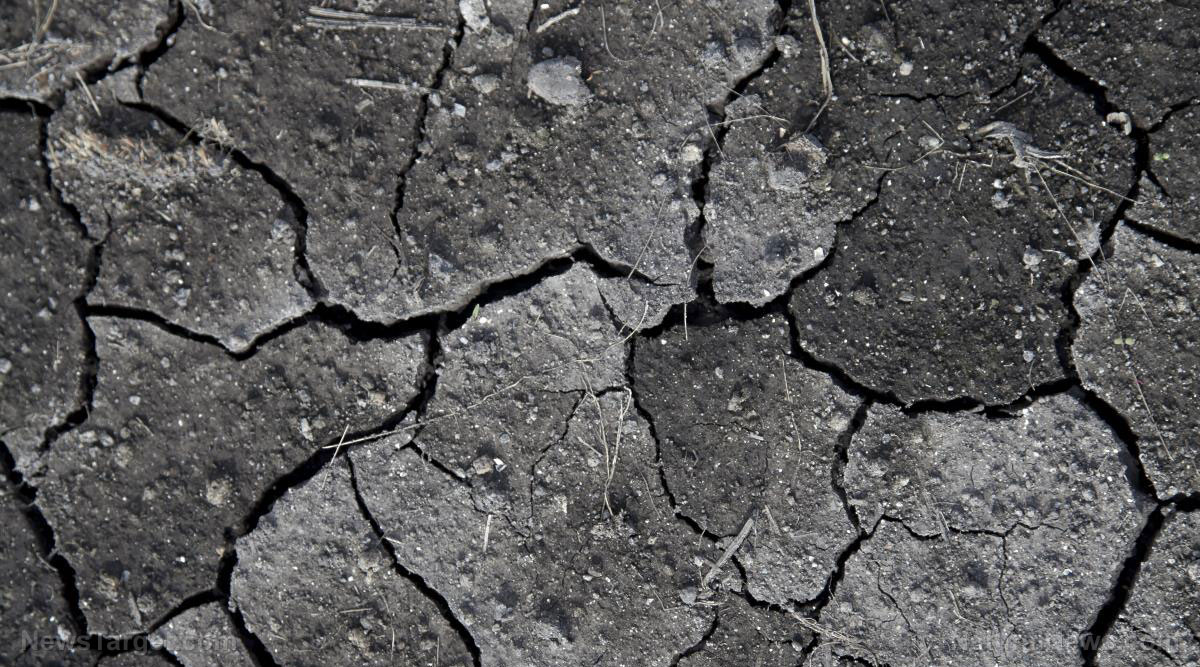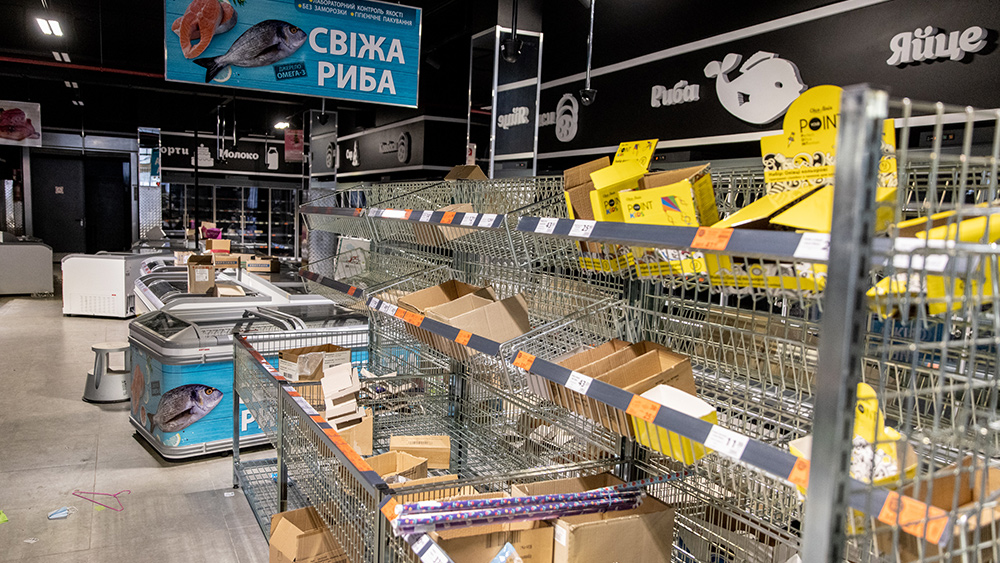Mass starvation: Biblical droughts on track to destroy U.S. crops, cattle… with unprecedented food shortages and price hikes to follow
08/04/2021 / By Ethan Huff
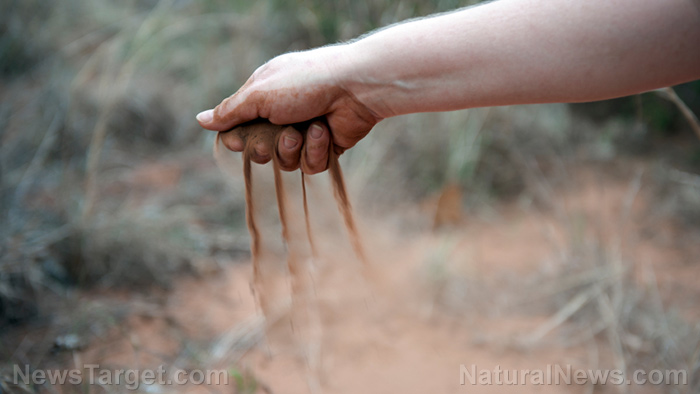
Large swaths of the United States are still dry as a bone due to record-breaking drought conditions, and America’s crops and cattle are suffering, as reported by Strange Sounds.
Almost the entire West Coast and maybe a third of the Midwest is seeing severe or worse drought conditions. This is affecting wheat, barley and alfalfa crops, as well as cattle herds that are not getting the water they need to live.
The following image depicts the U.S. Drought Monitor through July 27, 2021. As you will see, Eastern Washington and Oregon, and nearly the entirety of Idaho is in an extreme or exceptional drought. The same goes for California, Nevada, Utah, Arizona, New Mexico, Western Colorado, the Dakotas and Minnesota.
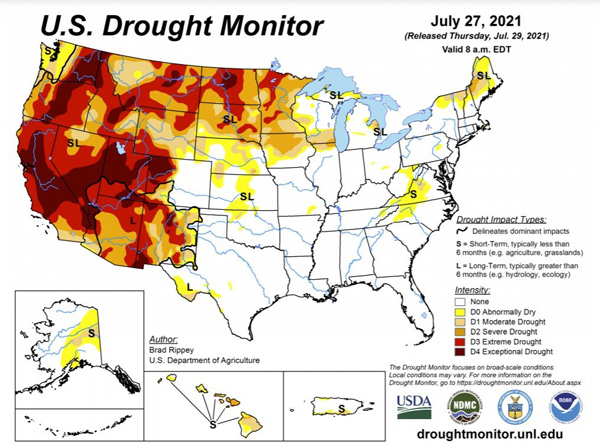
Fortunately for the Four Corners region of Utah, Arizona, New Mexico and Colorado, a large Southwestern monsoon recently hit, delivering some much-needed water to affected areas, as well as in the southern Great Basin.
Northern California and the Pacific Northwest, however, are not faring so well. These areas, along with Canada to the north, are seeing prolific wildfires sweep through the region, eating up anything vegetative they can find, including crops.
The Pacific Northwest has been hampered by a terrible combination of high temperatures, exceptionally low humidity, erratic winds and plenty of dry fuel. To the east in the central and southern Plains, the weather has similarly been hot, leaving rangeland, pastures and the southern crops that grow on them withering.
In these areas, soil moisture reserves have helped to keep things from getting too dry. The longer the droughts continue, however, the more these reserves will get depleted.
“Meanwhile, mostly dry weather covered the Midwest, continuing a trend that had developed in mid-July,” reports Strange Sounds.
“Short-term dryness was not yet a concern in the previously well-watered lower Midwest. However, reproductive corn and soybeans in drier areas of the upper Midwest were subjected to increasing levels of stress, especially as temperatures began to rise.”
86% of American sunflower production now within drought area
One of the most drought-affected crops in America right now is the sunflower. A whopping 86 percent of sunflower production is now in a drought area, the latest data shows, which could be problematic for the production of sunflower oil, sunflower lecithin, and other sunflower-based food additives.
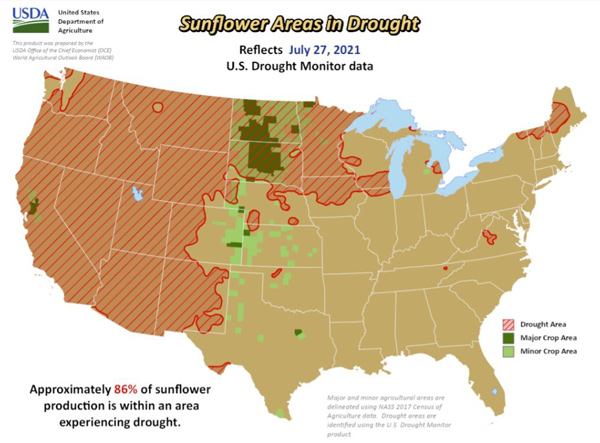
As you will notice in the image above, most sunflower production occurs in North and South Dakota, the land masses of both states being almost completely stricken with drought.
99% of spring wheat, durum wheat production now within drought area
Spring and durum wheat are even more negatively affected by drought conditions, which cover at least 99 percent of their growing area – see below:
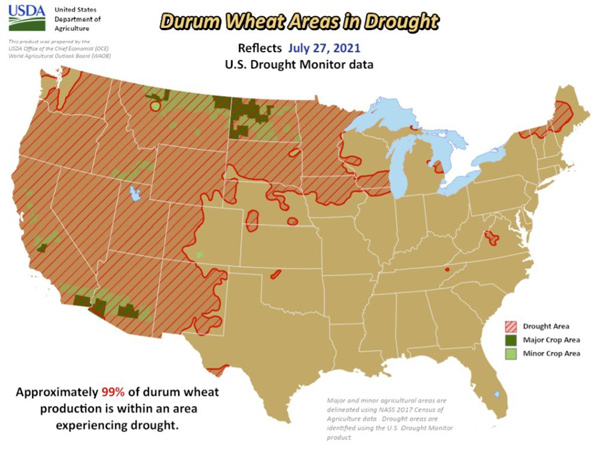
Barley is not doing much better with 84 percent of its production area now within a drought-stricken area – see below:
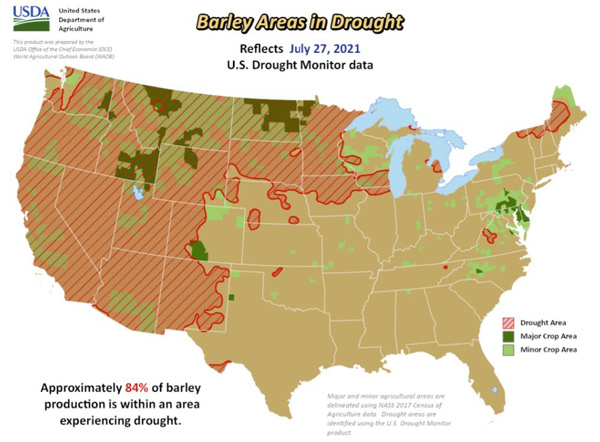
Alfalfa is more widely grown across the United States. However, its densest growing areas likewise fall in drought-stricken areas, affecting about 86 percent of the nation’s total crop.
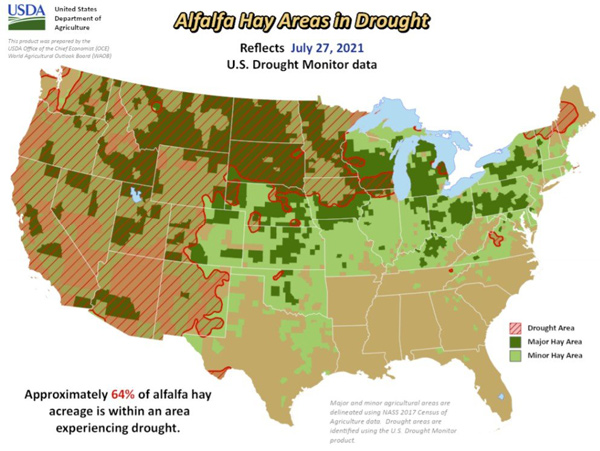
Roughly 36 percent of the nation’s corn, 31 percent of soybeans, 30 percent of winter wheat, and 36 percent of hay now lies in a drought area as well, which means that about one third of these crops could end up getting wiped out if rains do not come.
The least drought-affected crops are cotton at four percent, sorghum at four percent, and rice at 20 percent. None of the nation’s peanut production is currently affected by drought conditions.
Lettuce greens, almonds, citrus and other warm, dry climate crops are also suffering as California fails to appropriately manage its water resources amid the current drought conditions.
Half of the nation’s pigs, milk cows and sheep now live within drought-stricken areas
Animals raised for food, milk and wool are also widely affected by drought conditions, with 53 percent of sheep now living in a drought-affected area of the country.
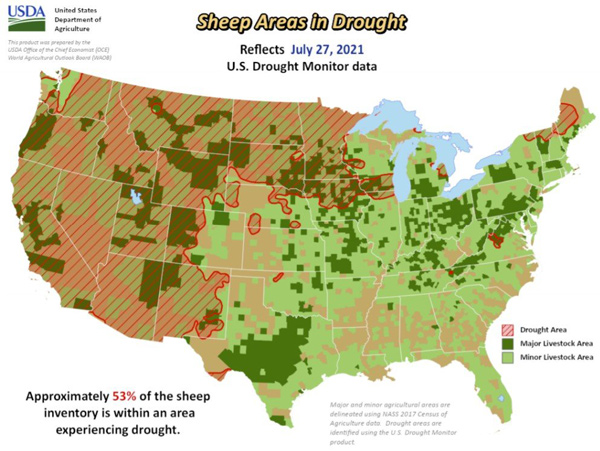
Nearly half of all pigs also live in a drought-affected area, along with 48 percent of milk cows and 32 percent of cattle overall. Milk production could take a hit from the situation, as could supplies of beef and pork.
“The 8.2 magnitude earthquake off the coast of Alaska is a warning to all,” wrote one commenter at Strange Sounds. “The global reset is going to push people down. Do not get vaccinated.”
Another wrote that he is stocking up on food and supplies in anticipation of the coming food shortages.
“Oats and rice are good food preps,” he writes. “Also, pasta and sauce, legumes, meat, canned tuna, and chicken.”
“You need to practice and change how you eat,” this person further wrote, advising people to test out living as if there already was a food shortage so they are prepared for when it actually comes. “We can expect shortages again. This is how the Marxists will break the will of the people. They use starvation tactics.”
If people have the means and land to do so, they can also grow their own non-genetically modified (non-GMO) crops without chemicals, which they can then store away for a rainy day – or in this case, many days without rain.
“Avoid corn and wheat,” the same commenter wrote. “There’s something that has changed in these grains. It seems like they tend to make people gain weight, and get prediabetic.”
“Try quitting corn and wheat for 90 days. See if your metabolism improves. I noticed my weight went right back to normal. I stick with rice and oats now. Usually 4oz. portions.”
More of the latest news about the judgment and collapse of America can be found at Collapse.news.
Sources for this article include:
Submit a correction >>
Tagged Under:
cattle, chaos, collapse, crops, drought, famine, food, food crops, food inflation, food prices, food supply, groceries, harvest, rain, shortage, shortages, starvation
This article may contain statements that reflect the opinion of the author
RECENT NEWS & ARTICLES
COPYRIGHT © 2022 Crops.News
All content posted on this site is protected under Free Speech. Crops.News is not responsible for content written by contributing authors. The information on this site is provided for educational and entertainment purposes only. It is not intended as a substitute for professional advice of any kind. Crops.News assumes no responsibility for the use or misuse of this material. All trademarks, registered trademarks and service marks mentioned on this site are the property of their respective owners.


